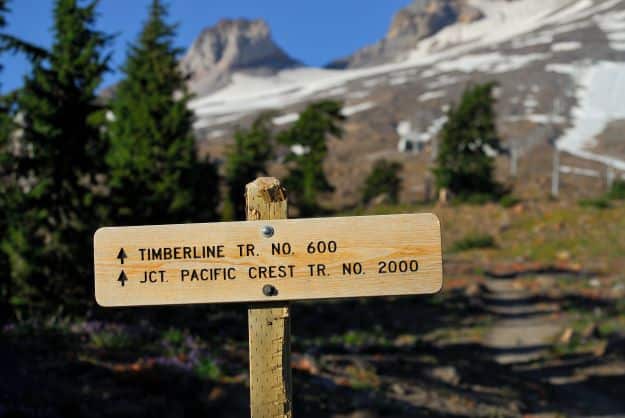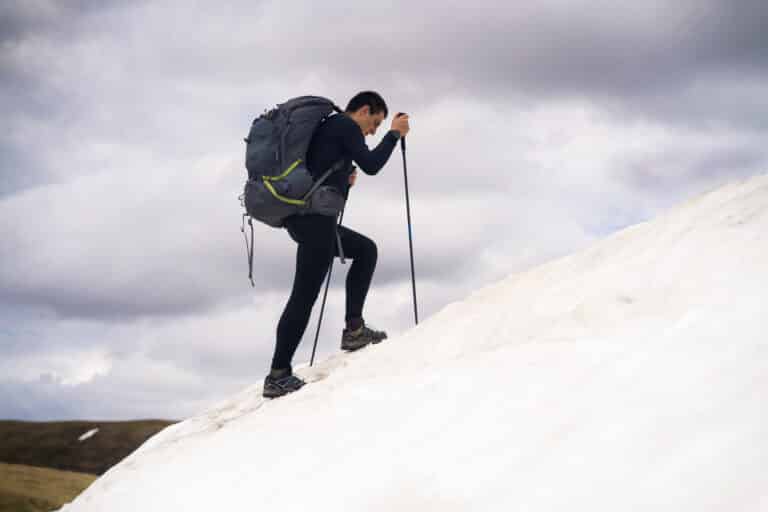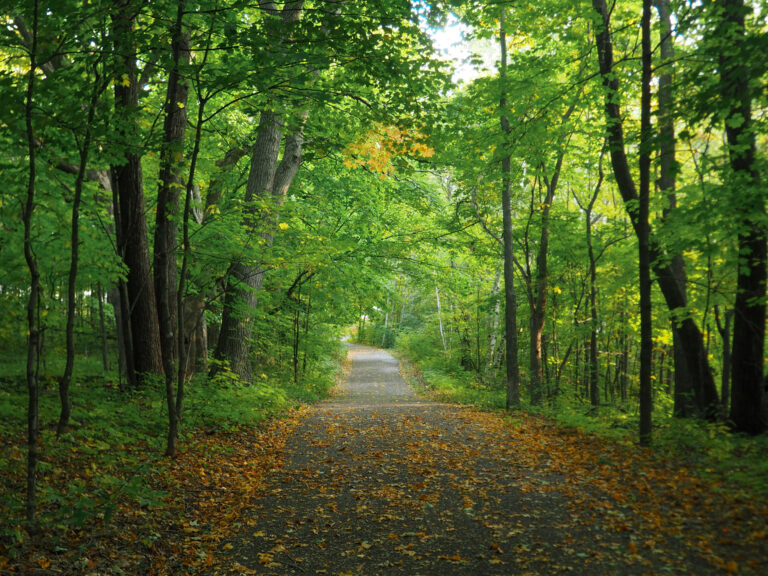The Ultimate Guide to Leaving No Trace in the Great Outdoors
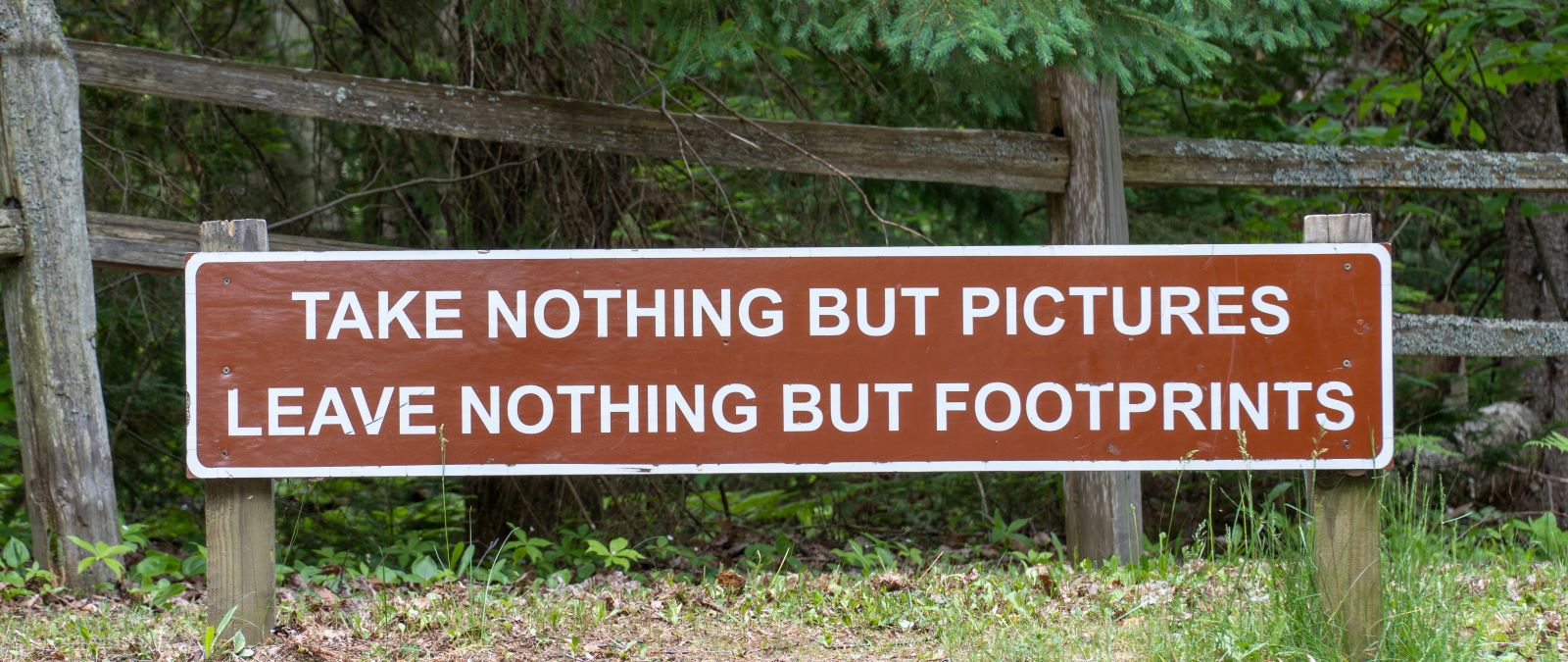
What is Leave No Trace?
Chances are you’ve been hiking and you have seen the Leave No Trace signage at the trailheads. But what does it mean? Leave No Trace is an ethical practice with a central idea that teaches us to enjoy nature while minimizing our impact. This includes our impact on wildlife, overuse, erosion, and trash. We wouldn’t have life without nature, and we can make a difference in protecting this asset with our daily actions.
Practicing Leave No Trace
is not limited to the backcountry and trips into the forests- we should practice these principles whenever we are in nature. Whether you’re in a local park, on a neighborhood walk, or crossing the grocery store parking lot- practicing Leave No Trace significantly impacts you.
Don’t be a litterbug!
Humans’ most visible impact on nature is leaving evidence of our presence in the form of trash, litter, and food scraps. Not only does trash diminish the beauty of our natural spaces, but it can also have a lasting effect on our planet. Some plastics take hundreds of years to break down into small microplastics that pollute our oceans.
Stay on the trail!
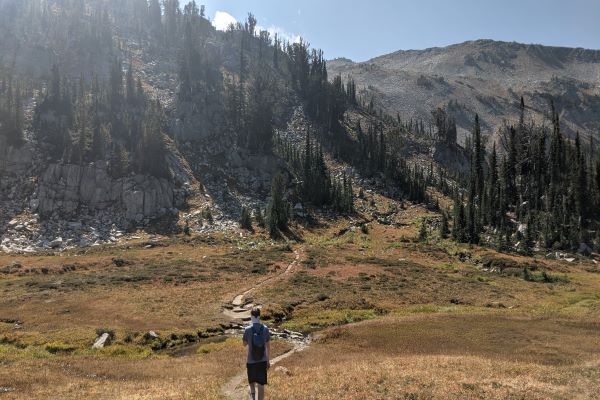
Leave No Trace teaches us that trail erosion and other human-created erosion have a lasting effect on our ecosystem. This includes damage when we go off trails, cut switchbacks, camp outside designated sites, or otherwise trample sensitive vegetation. These fragile ecosystems can take up to 30 years to repair themselves.
Help keep wildlife wild – don’t feed the animals.
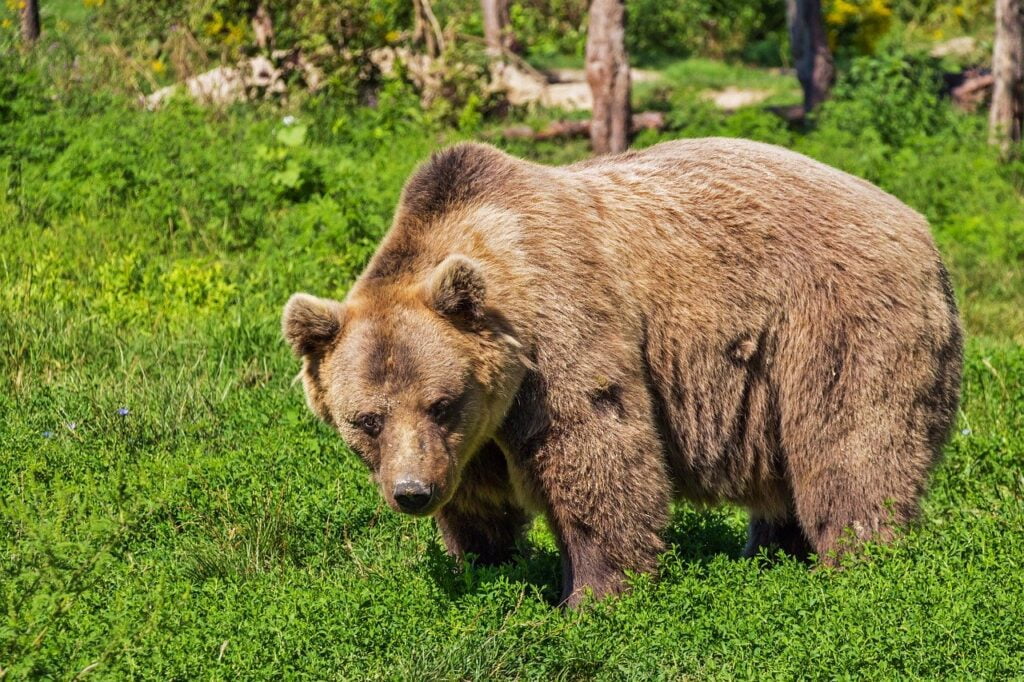
We’ve all heard it before: Do not feed wildlife, but Leave No Trace reminds us why this is so important. Feeding wildlife, even with the best of intentions, has a negative impact. First, it’s not healthy for animals to go away from their native foods. They begin to associate humans with food, which can lead to an association of humans with food, potentially endangering themselves and us.
The 7 Principles of Leave No Trace – Backcountry
1. Plan Ahead and Prepare
Trip planning is key for you to have an enjoyable, safe, and limited impact on the natural space you plan to visit. Planning includes where you will travel, terrain, conditions to expect, where you will camp, fire bans to consider and what you will eat. Leave No Trace teaches us that not preparing or having a plan could lead to poor campsite choices and damage to vegetation. Food planning includes preparing what you will eat, how you will cook your food, a pack-out plan for any packaging, and limiting the potential for excess food waste.
2. Travel and Camp on Durable Surfaces
Durable surfaces refer to the type of surface vegetation or terrains you will be hiking on and their ability to withstand wear. Rocks, sand, and gravel offer the most common durable surface, while vegetation and living soil are not durable. Staying on an existing trail is the first step in traveling on durable surfaces. If you must go off-trail, try to stay on rocks or other durable surfaces.
If possible, when choosing a campsite, pick an existing site since it likely has already lost its vegetation cover; even better, pick a site that naturally lacks vegetation. If you are camping in undisturbed areas, Leave No Trace teaches us to minimize our impact by spreading our tents, camping at least 200 feet from water, avoiding repetitive traffic on vegetation, and avoiding moving camp every night.
The extra effort to help the site naturalize and recover faster should be made when breaking camp. This will include raking out matted grasses, covering areas with natural materials, and brushing out footprints.
3. Dispose of Waste Properly
Leave No Trace educates us that waste is much broader than packing out whatever we brought in. Waste includes human waste, trash, and wastewater. Part of planning and preparation should include learning the specific rules for waste in the area you plan to visit and coming prepared.
Human Waste and its proper disposal are key to minimizing the spread of disease, keeping water sources clean, promoting decomposition, and avoiding the chance anyone else comes across it. Burying human feces is generally accepted in most locations. However, some fragile environments require solid waste to be packed out.
Toilet paper should either be buried or packed out. Feminine products, including used tampons and pads, should be stored in plastic bags, kept away from camp, ideally hung in a bear bag to not attract wildlife, and packed out. Urinating at least 200 feet from water sources and diluting urine with water from a water bottle limits the salts in the urine, which attracts some animals.
Trash includes anything that could be evidence of humans, such as plastic packaging, coffee grounds, orange peels, sunflower seed shells, apple cores, excess pan grease, cigarette butts, or fishing line. Your gear should include a waste bag to take out any trash you generate and any other trash you may find along the trail. Any trash waste in contact with food should be kept away from camp and hung in a bear bag.
Wastewater disposal includes dishwashing and wastewater from washing yourself. Both should be done at least 200 feet from water sources, ideally without or with minimal soap. This reduces the trampling of vegetation, lessens erosion, and reduces pollutants at the shoreline. Even biodegradable soaps can impact water sources, so their use should be minimized. Avoid swimming with sunscreen and bug repellant in fragile ecosystems with limited water. Even our natural body oils can pollute these sources.
4. Leave What You Find
Nature and wild areas should be left as they are- we are observers enjoying nature but not bringing it home. Areas such as rocks, plants, and other items should be left as you found them. This includes proactively avoiding damaging or altering vegetation, habitats, or trees.
Also, flowers are not picked, rock cairns are not constructed, and no trees or rock faces are defaced with carvings. Other considerations should be made to ensure our actions do not further additional environmental impact by dismantling campsites. In some situations, it makes sense to keep high-use sites as they are because rebuilding them would have a greater impact on the area.
5. Minimize Campfire Impact
Leave No Trace tells us there should be no evidence of a campfire. Careful consideration needs to be taken when deciding whether to build a campfire. For many, campfires are a tradition and essential to the camping experience. However, more and more of our natural spaces are experiencing annual drought conditions and extreme wildfire danger. We must ensure sufficient wood in the area so any removal will go unnoticed.
Standing trees, dead or alive, are habitats for critters and insects. They should never be used for firewood. The best wood should be small deadwood gathered over a large area away from camp. The best place to build a fire is by utilizing an existing fire ring. It should be kept small, supervised, burned to ash, or extinguished with water.
6. Respect Wildlife
Never approach, feed, touch, or pursue wildlife. Contacting or feeding wildlife can be dangerous for you and the animal. Observe quietly from a distance to avoid disturbing wildlife so they are not scared. The exception is anywhere bears are known to be active; making noise is recommended so the bears are not surprised. Always provide animals with a wide berth so they feel safe, giving them buffer space.
Campsites should always be at least 200 feet from water sources so animals can have free drinking water. Garbage, food, and food scraps should be stored separately, ideally hung away from your camp so animals cannot gain access. Dogs should be under control, always leashed, or left at home.
7. Be Considerate of Others
Respect those you meet on the trail so everyone can enjoy their time in nature. A lot of visitors come for the solitude and peacefulness of nature. Avoid excessive noise pollution, including loud talking, obtrusive behaviors, and high music volumes, and consider how your actions may negatively affect others on the trail. Yield to pack stock and uphill hikers. Be sure to announce your presence before passing when approaching others on the trail. Pick campsites away from other groups and off the trail to shield them from the view of others.
Frequently Asked Questions
1. What does “Leave No Trace” mean?
“Leave No Trace” is an outdoor ethics program that promotes conservation and responsible recreation. It consists of seven principles aimed at reducing human impact on natural areas:
- Plan Ahead and Prepare: Proper planning ensures safety and minimizes environmental damage.
- Travel and Camp on Durable Surfaces: Stick to trails and established campsites to avoid damaging vegetation and soil.
- Dispose of Waste Properly: Pack out all trash and waste to keep the environment clean.
- Leave What You Find: Preserve the past by leaving natural and cultural artifacts undisturbed.
- Minimize Campfire Impact: Use a camp stove or established fire rings to prevent wildfires and scarring of the land.
- Respect Wildlife: Observe animals from a distance and do not feed them to maintain their health and natural behaviors.
- Be Considerate of Other Visitors: Respect others by decreasing noise levels and yielding to other hikers.
2. How can I minimize my impact when camping in the backcountry?
To minimize your impact when camping in the backcountry, follow these tips:
- Choose a Durable Campsite: Camp on hard surfaces like rock, sand, or gravel, and avoid fragile environments like meadows and wetlands.
- Pack it In, Pack it Out: Carry out all trash, leftover food, and litter. Use a trowel to bury human waste in a “cat hole” 6-8 inches deep and at least 200 feet from water sources.
- Minimize Campfire Impact: Use a portable stove for cooking instead of a campfire. If you must build a fire, use established fire rings, keep fires small, and burn only small sticks found on the ground.
- Respect Wildlife: Store food securely and use bear-proof containers to prevent wildlife from accessing human food.
3. What should I do if I encounter wildlife while hiking or camping?
Encountering wildlife can be a thrilling experience, but it’s essential to respect animals and ensure both your safety and theirs:
- Keep Your Distance: Observe wildlife from a safe distance, using binoculars or a zoom lens for a closer view. Do not approach or attempt to touch animals.
- Do Not Feed Wildlife: Feeding animals can alter their natural behaviors and make them dependent on human food, harming their health.
- Store Food Properly: Use bear-proof containers or hang food in a tree to keep it out of reach of animals. This prevents animals from becoming habituated to human food.
- Stay Calm: If you encounter a potentially dangerous animal, such as a bear or a moose, stay calm and back away slowly. Do not run, as this can trigger a chase response. Make yourself appear larger and speak in a calm, assertive voice.
These principles and guidelines help ensure that natural areas remain pristine and enjoyable for future generations.

